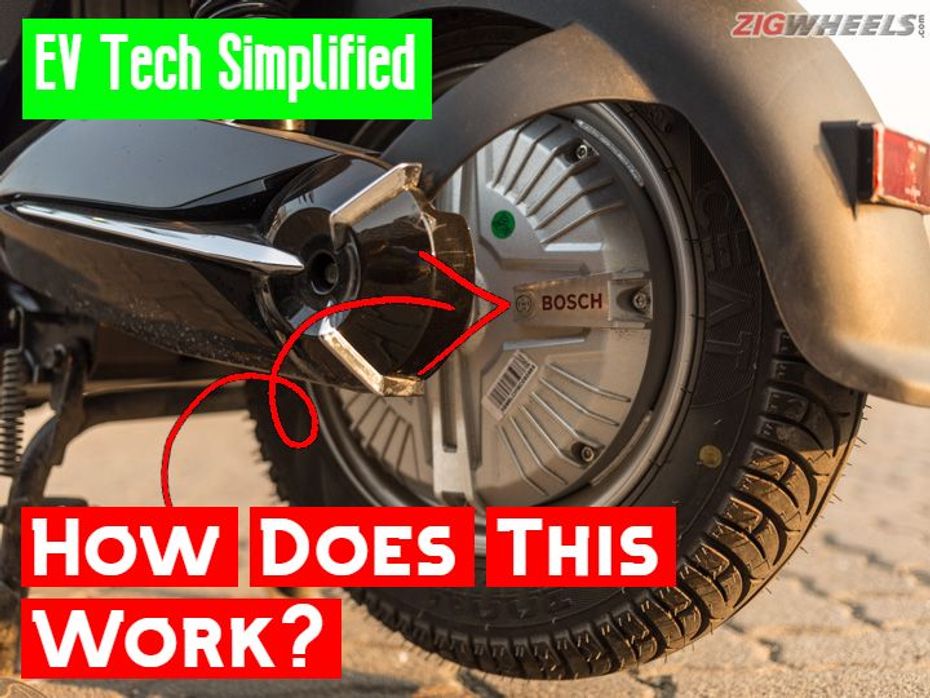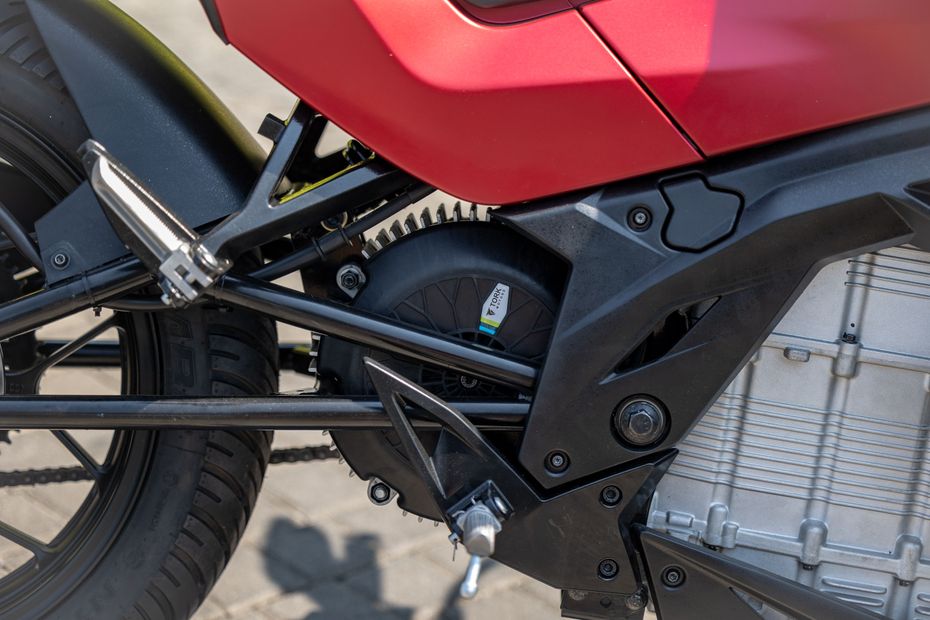
Niti Aayog’s New Battery Swap Policy Promises To Make EVs Cheaper
- Feb 28, 2022
- Views : 17731


The answer… Love and Hate.
Magnetic fields. If you played with magnets as a child you’ll know magnets can push, hence move, one another. This is where I learnt the warped idea that people with similar likes and personalities do not get along - and I picked this up from magnets where the same poles repelled each other. North hates North, but North loves South.

Stay or Go?
A motor uses this love-hate relationship, but it winds up a few notches. Winds it up - get it? That’s because motors have copper wire winding around an armature, which acts as a magnet when electricity passes through it. So things can work in two ways - the copper windings can be on the stator or the rotor. Let’s clear that up:
Depending on that the permanent magnet will be on the other. The idea is that the electrically created magnetic field will be the same polarity as the permanent magnet, thereby repelling - hence creating movement. The change in direction of energy flow in the windings changes its polarity, to ensure that it continues to repel, or push. Which is how the rotor spins up! This is then transferred to the wheels via a gearbox, or directly.
In the case of the hub mounted motors, as seen on many EV two-wheelers in India today, the stator (donut of copper windings) creates the electrically induced magnetic field while the rotor acts as the output shaft and then spins the wheel.
Windmills - now reverse it - the wind spins the fan and the rotation of the shaft on which the blades are attached break the magnetic field inside the turbine housing. Repeatedly. The collapse of the magnetic field generates electricity. Depending on the number of magnetic fields inside.

Windmill effect
The beauty of the electric motor is its efficiency, converting about 70% of energy into motion. The corresponding number for ICE powertrains is about 30%. The gap widens further as the electric motor can also act as a generator and creates electricity, taking the efficiency to over 90%! Think of the motor as a windmill and the road as the wind spins the fan (via the wheels). Now things happen in reverse as the rotation of the shaft on which the blades are attached breaks the magnetic field inside the turbine housing. The collapse of the magnetic field generates electricity. This is what happens when an EV uses regenerative braking, and adds as much as 17% efficiency back into the system.

Suck, squeeze…
While there are a variety of motors, AC and DC at the most elementary level. AC motors use alternating current, the kind we get out of our wall sockets, while direct current uses the stored juice from batteries. Then there are BLDC (Brushless DC) and PMSMs (Permanent Magnet Synchronous Motors), which are the kinds you will have in your EVs. BLDC motors act like AC motors. Confusing? You bet!
Which is why we will stick to the basics here - the suck, squeeze, bang, blow equivalent. Which brings us to phases of the Push-Pull of the electric motor. Think of motor phases as sets of people, facing each other, standing around a merry-go-round. Working in teams, one set pulls, while the other pushes; these sets of push and pull teams make up the phases of a motor. More active phases at a given time provide more control, efficiency and responsiveness.
Electric motors are deceptive, they seem simple but have so much going on inside them. In times to come newer technologies will make them smaller, more powerful, more efficient and more affordable too.

Niti Aayog’s New Battery Swap Policy Promises To Make EVs Cheaper

The 2025 Ather 450 Put Through An Insane Track Attack Challenge...

2025 Ather 450 Incoming: Here’s What It Could Be Capable Of

TVS Apache RTX 300 Adventure Bike Unveiled At Auto Expo 2025

BREAKING: 2025 Honda SP125 Launched In India

2025 Honda Activa 125 Launched In India

2025 Bajaj Pulsar RS200; Launch In Next Few Days

2025 Suzuki Access 125 Launched At Auto Expo 2025

New Bajaj Pulsar Teased; Launch Likely In January 2025
India's largest automotive community
 Honda Livo
Rs. 83,080
Honda Livo
Rs. 83,080
 BMW R 1300 GS Adventure
Rs. 22.95 Lakh
BMW R 1300 GS Adventure
Rs. 22.95 Lakh
 BMW S 1000 RR
Rs. 21.10 Lakh
BMW S 1000 RR
Rs. 21.10 Lakh
 Suzuki Gixxer SF 250 Flex Fuel
Rs. 2.16 Lakh
Suzuki Gixxer SF 250 Flex Fuel
Rs. 2.16 Lakh
 Hero XPulse 210
Rs. 1.75 Lakh
Hero XPulse 210
Rs. 1.75 Lakh